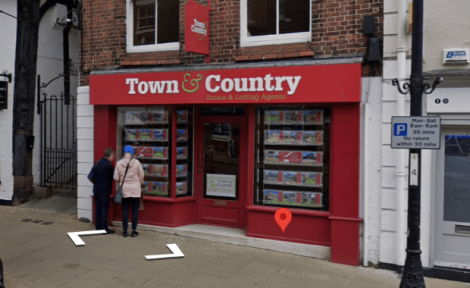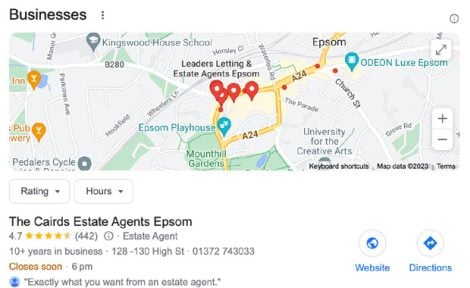The value of brand
Digital marketing expert, Nelly Berova, explains how to build a strong brand relationship with your local vendors and landlords

Brand relationships are more than the look and feel of your logo and design materials. Your brand goes to the heart of what makes you … you – and is the driver behind the customer loyalty and engagement that will define your success.
Your brand is what makes you… you – and is the driver behind customer loyalty and engagement.
Often hard to define, the strength of your brand includes a range of factors, but at the core is your reputation and how you are perceived. Essentially it is about your customers’ overall experience and how likely they are to stay loyal – in the case of landlords. And whether they’ll sell with you again and spread the word, when it comes to vendors.
According to the brand experts there are four key principles for boosting your brand relationships:
1 Awareness
As with many aspects of marketing, you need to start with awareness – so has anyone actually heard of you? Think about how visible your brand is to your target audience compared to the rest of the agents out there and use a simple audit to find out. Analysing organic searches for your name along with social media mentions, comments and content shares, will give you a good idea of your audience’s awareness level. Building awareness isn’t just about plastering your name everywhere, however. It’s about giving your company the brand personality that places it in potential customers’ memories.
2 Reputation
building It goes without saying that for any business a good reputation is crucial – and it’s not something you can create overnight. Lots of elements go into building reputation – your core values are important, but how you demonstrate them every day really counts. This means how well you communicate, how good your customer service is and, crucially for local agents, the community projects you choose to support.
3 Loyalty
Loyalty is a bit of a holy grail when it comes to success. In most sectors, if you can achieve brand loyalty, your customers are five times more likely to buy from you again. Apart from property developers and people who move a lot, this is harder to achieve in real estate but you can rely on loyal customers to spread the word about you. The trick to encouraging brand loyalty is to really interrogate customer behaviour, tracking and analysing the messages, content and methods that resonate and personalising your tactics accordingly.
4 Equity
Creating equity involves boosting your brand’s perceived value. Do this by really homing in on those niche audiences you want to attract to your business – maybe second stepper sellers or accidental landlords, for example. Once you’ve identified your audience, demonstrate how your brand assets align with them. Think about how you demonstrate your brand values in practice, through the personal stories you share, for example.
How to do it in a few simple steps
- Create a clear brand identity strategy that aligns to your business goals.
- Make sure your core brand assets – your logo, slogans, tag lines and other parts of your identity – reinforce your values. Spend time developing these as they are supremely important for communicating your brand.
- Prioritise stories – as we’ve said, narratives are an increasingly important way for organisations to communicate, whether customer testimonials, user generated content, profiles that humanise your staff or your company’s personal history. Use these to encourage emotional connections with your brand.
- Don’t forget your internal audiences – make sure employees understand your brand and are fully signed up. Create a clear internal branding guide to explain it.
- Make your brand central to the customer journey – how you take people from being unaware to advocates. Take the time to understand how your customers are interacting with your brand at every stage for deeper insight and to enrich your connections.
- Remember, the importance of personalisation. Put in the work to analyse your customers’ needs and preferences: how they like to be contacted, which messages and content interest them most; so you can personalise your interactions and make them count.
- Be responsive – analyse how well your brand strategy is working as you go, making adjustments where needed. This means tracking everything from customer feedback to web traffic and social engagement.
- Finally, it’s important to be consistent with your brand and don’t miss those finer details that do count. If you have a clear brand strategy from the outset and good branding guidelines, it is much easier to get this right.
Got a question?
Visit www.artdivision.co.uk





